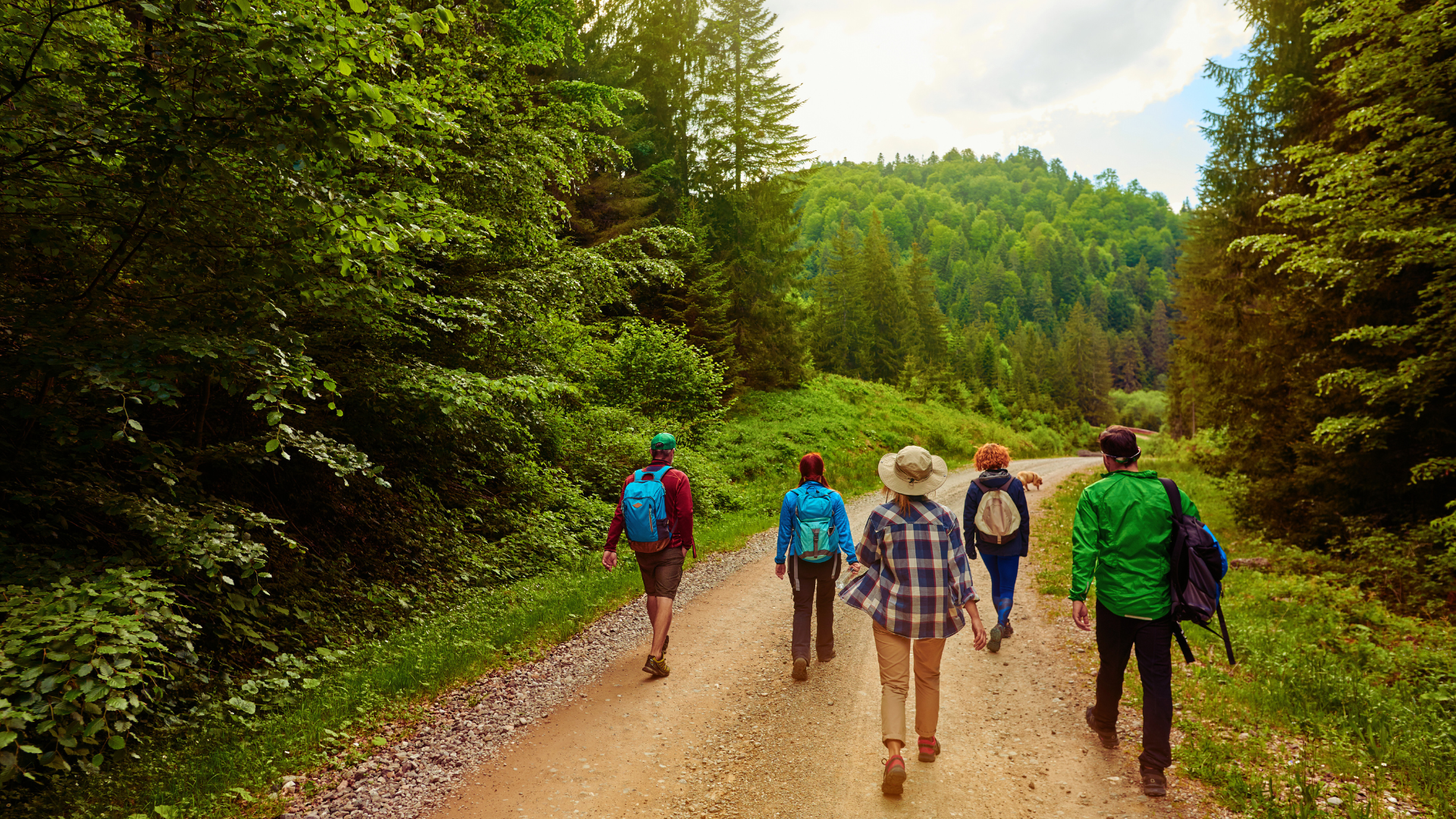Physical Address
304 North Cardinal St.
Dorchester Center, MA 02124
Physical Address
304 North Cardinal St.
Dorchester Center, MA 02124

Planning a nature walk that is enjoyable for all ages requires thoughtful preparation and creativity. Choosing a variety of engaging activities, such as scavenger hunts or storytelling, can make the experience memorable for everyone involved. This not only caters to different interests but also fosters a sense of adventure.
Selecting the right location is crucial. Opting for a trail with diverse scenery and accessible paths ensures that participants of all skill levels can participate. Incorporating educational elements, like identifying local flora and fauna, adds value and can spark curiosity among both children and adults.
Timing and duration also play important roles in keeping the group engaged. A walk that is too long may become tedious, especially for younger participants. By planning shorter intervals with breaks for exploration and rest, the experience can be both enjoyable and fulfilling for all ages.
Selecting the right location can greatly enhance the enjoyment and accessibility of a nature walk for all ages. Key factors include researching local trails, ensuring accessibility, and adapting to the changing seasons.
A thorough search of nearby trails and parks is essential for planning a successful nature walk. Many communities have dedicated websites or social media pages that feature local parks and trails, often including maps and user reviews.
National parks offer extensive options, highlighting unique ecosystems and landscapes. When evaluating trails, consider the following aspects:
Utilizing resources like AllTrails or local tourism boards can provide detailed information on trail conditions and recommendations.
Accessibility is crucial for ensuring that everyone can enjoy the walk. Trails should accommodate participants of varying ages and abilities.
When choosing a location, keep the following in mind:
Community resources or organizations can offer insights into which trails are best suited for families and individuals with mobility challenges.
Different seasons can significantly impact the nature walk experience. Adjusting plans according to seasonal changes ensures that participants enjoy a pleasant outing.
In spring, vibrant blooms and mild temperatures make for an inviting environment. In summer, early morning or late afternoon walks can help avoid the heat.
Autumn showcases stunning foliage, but be aware that leaves can create slippery conditions. In winter, choose trails suitable for snowshoeing or cross-country skiing.
When selecting a location, consider weather patterns, daylight hours, and seasonal events. This foresight can enrich the outing and create lasting memories for all involved.
Incorporating engaging activities into a nature walk enhances the experience for participants of all ages. Focusing on specific tasks helps everyone connect with the environment, fostering curiosity and teamwork.
Identifying local flora and fauna can be an exciting activity. Provide each participant with a guidebook or a smartphone app to help recognize different species.
This activity promotes teamwork, as groups can share their findings and compare species.
Different activities cater to varied interests and age groups. Here are several options to include:
These fun activities keep everyone engaged and foster camaraderie among participants.
Animal tracking is a fantastic way to learn about wildlife behavior. Participants can search for prints in soft soil or mud.
This hands-on experience deepens understanding of local wildlife and encourages observation of subtle details in nature.
Encouraging participants to keep a nature journal helps document discoveries. Provide materials such as notebooks, colored pencils, and pens.
A nature journal serves as a lasting souvenir, capturing memories and encouraging future exploration.
Creating an engaging nature walk involves addressing diverse interests and fostering connections among participants. Tailoring the experience to different age groups and utilizing principles from Montessori education can enhance enjoyment and learning. Additionally, community-building through shared outdoor activities strengthens bonds and promotes a collective appreciation for nature.
To make nature walks enjoyable for all ages, it is essential to adapt the activities based on participants’ interests.
Incorporating a variety of themes can keep everyone engaged, such as a scavenger hunt for younger walkers or a tree identification challenge for teens and adults. This adaptable approach ensures that everyone finds something appealing.
Montessori principles focus on self-directed learning and exploration.
Combining these principles with nature helps participants develop curiosity and a deep connection with their environment. Observing nature firsthand invites genuine questions and discoveries that enhance the learning experience.
Nature walks can serve as a platform for building community.
These shared experiences promote teamwork and social interaction, helping participants to connect with each other. As community ties strengthen, so does the appreciation for nature and its importance to personal well-being.